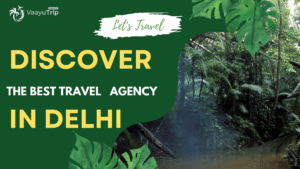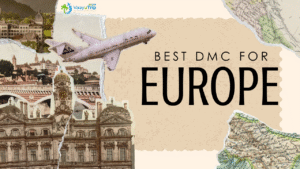Bali has been sold, resold, overexposed, and flattened into a template. Yet, while the island’s southern arc—Seminyak, Kuta, Canggu—has long been a parade of polished escapes and well-rehearsed tours, the north of Bali remains a living, untouched Bali tour spot many international agents have never even heard of. In 2025, that’s not just an oversight. It’s a missed B2B opportunity.
This blog explores the silent geography of Northern Bali—not as a bucket-list destination, but as an evolving B2B asset only Best DMC for Bali Know. We’ll examine why tour operators, DMCs, and B2B resellers must begin looking north to remain relevant in the next phase of Bali’s evolution.
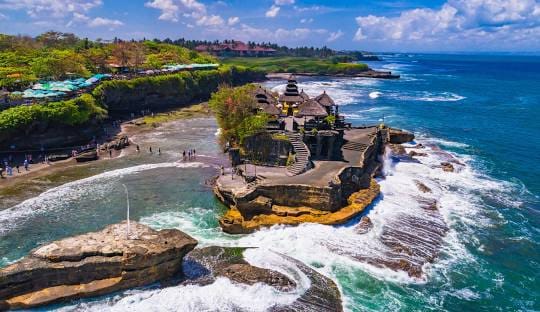
Part 1: The Geography of Silence—Why the North Remains Untouched
Northern Bali begins where the cliché ends. The moment you ascend through the jungled backroads past Ubud, cross the volcanic belt, and descend into the highlands of Munduk or the coastal stretches of Tejakula, the entire vocabulary of tourism shifts.
There are no international franchises here. No sprawling beachfront clubs. No “Instagram cafes.” What exists instead is geographical silence—defined not by absence, but by intentional presence. Farmers still walk ancestral paths. Villages keep mountain calendars older than colonial maps. Temples pulse in rhythms untouched by commercial timekeeping.
To a B2B strategist, this is not just poetic. It’s territorial gold.
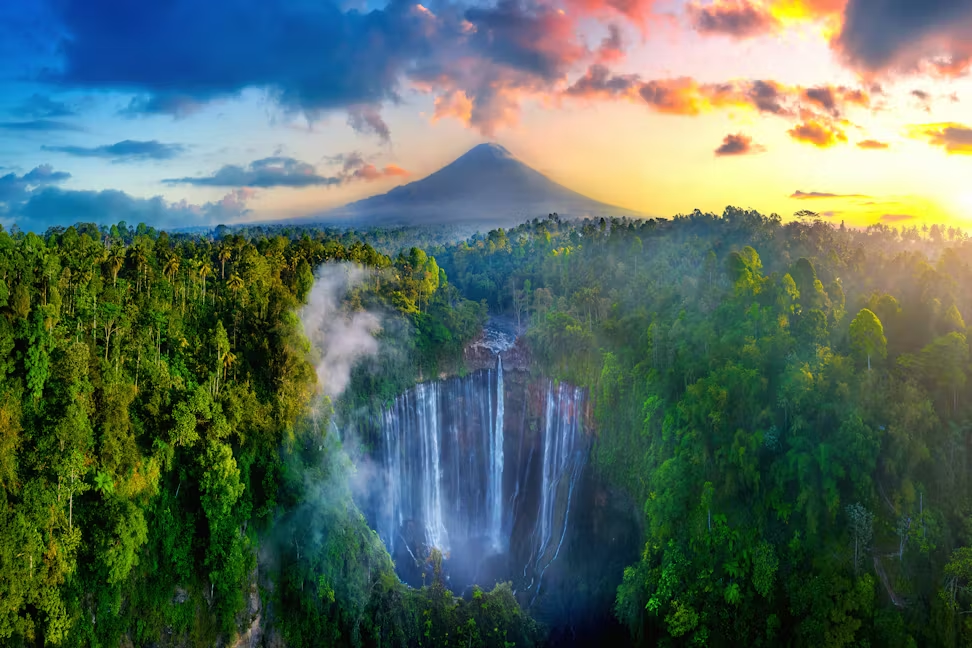
Part 2: Overcrowded South vs. Undervalued North—A Business Reality
By 2025, Bali’s south is saturated:
-
Hotel occupancies in Seminyak and Uluwatu exceed 90% year-round.
-
OTA packages converge on the same temples and beach clubs.
-
B2B partners offer indistinguishable experiences from their competitors.
In contrast, Northern Bali still has:
-
Undocumented temples and lake rituals unknown to most catalogs.
-
Luxury boutique properties untapped by OTA databases.
-
Untouched trekking corridors that pass through sacred highland villages with no digital footprint.
This geographical asymmetry represents a strategic pivot for B2B players. Selling the north is no longer about offering “offbeat charm.” It’s about owning exclusivity in an increasingly commoditized destination.
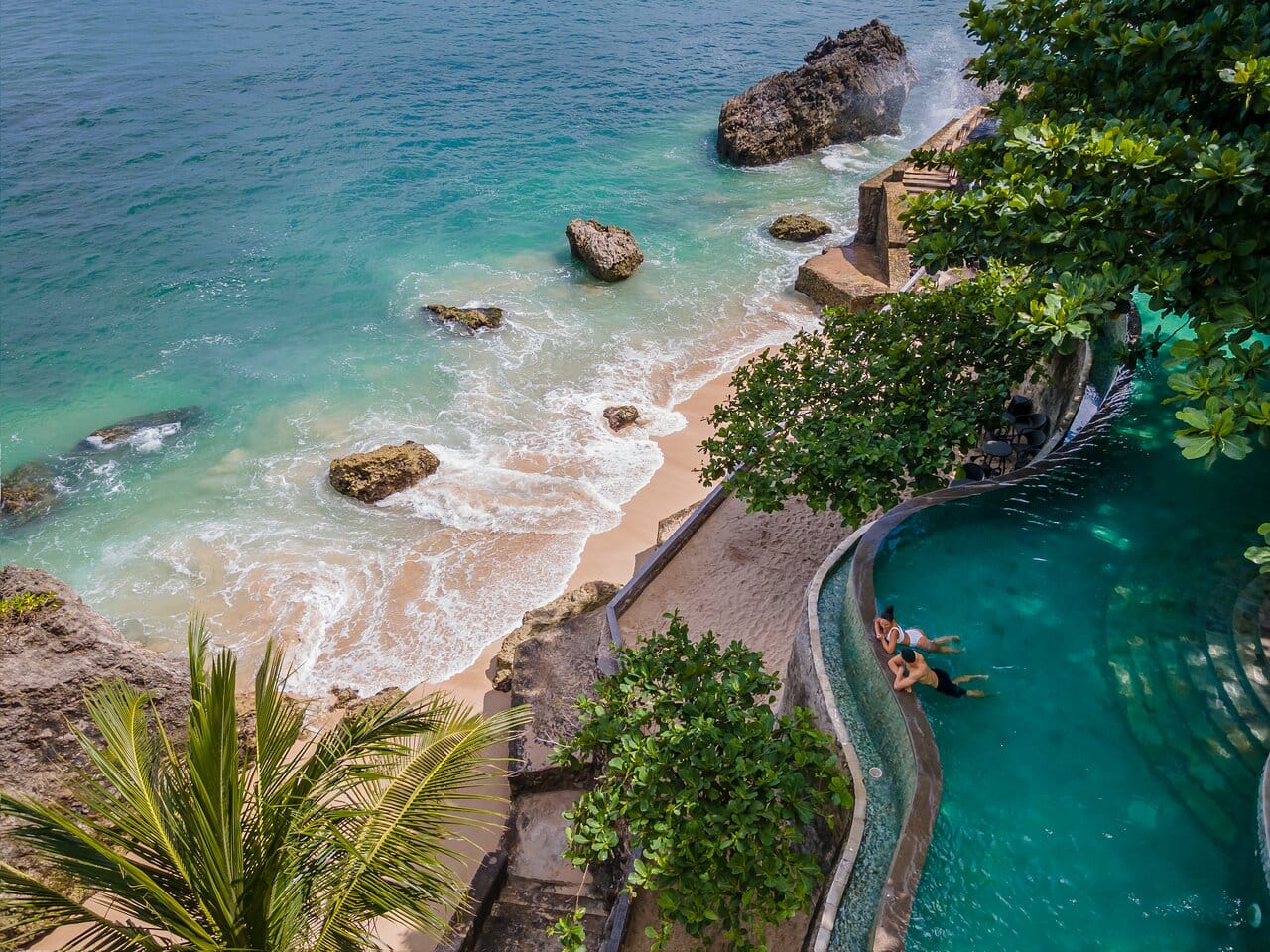
Part 3: What Makes Northern Bali a Strategic B2B Asset
1. Geo-cultural Exclusivity
Northern Bali doesn’t just look different—it lives differently. Here, the Balinese Aga communities maintain pre-Majapahit customs. This distinct culture creates space for experiential narratives that cannot be replicated in the south.
2. Product Innovation Potential
Unlike saturated southern circuits, the north invites fresh product creation:
-
Curated highland wellness trails
-
Ancestral water rituals with local high priests
-
Volcanic soil agriculture tours in Singaraja
A good destination management company doesn’t just resell destinations. It curates markets. Northern Bali enables exactly that.
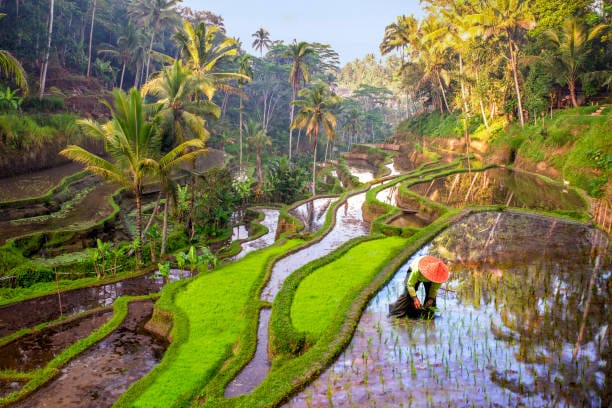
3. Supply Chain Control
Vaayutrip and similar B2B operators working with remote northern providers enjoy greater margin control due to:
-
Direct village-level partnerships
-
Absence of commercial middlemen
-
Agile contracting with niche suppliers
Part 4: Case for Emotional Geography in High-Value Sales
Northern Bali isn’t just a new location. It’s a new emotional geography. In a market where luxury clients increasingly seek silence, transformation, and authenticity, B2B resellers must offer not places—but feelings.
Think of:
-
The scent of cloves drying under teakwood homes
-
The texture of air near Gitgit Waterfall at 6 AM
-
The sound of ceremonial drums echoing through mountain passes
These are the sensory imprints that high-margin clients chase and the kind of experiences only destination management companies with deep local roots—like Vaayutrip—can deliver.
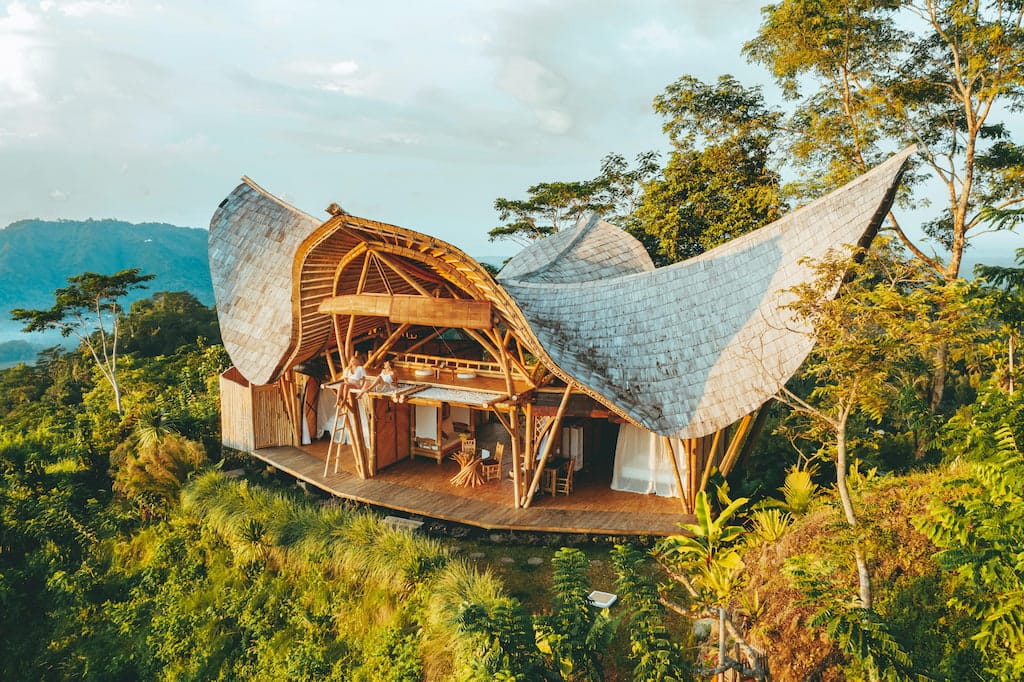
Part 5: Northern Bali as a B2B Content Strategy
In the digital age, your product is only as good as its story. Unfortunately, most B2B agents rely on the same images, videos, and brochures recycled from major suppliers.
Northern Bali offers original content universes waiting to be harvested:
-
Documentary-style video campaigns with indigenous communities
-
Longform narratives around ancient calendar systems
-
Influencer-free visual galleries from sunrise ridge trails
For a B2B agency, this means brand differentiation at the source content level—not just the itinerary.
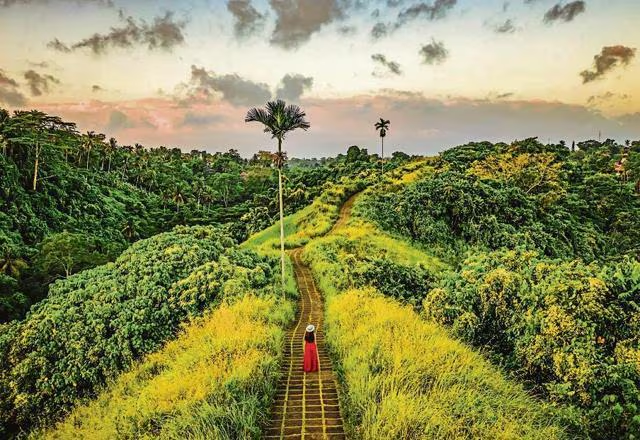
Part 6: Future-Proofing with Regenerative Tourism Models
Northern Bali is naturally suited to regenerative tourism—a framework that B2B buyers in Europe and Australia are beginning to demand from partners.
Destination management companies operating in this region can build:
-
Cooperative models with mountain village collectives
-
Sustainable trekking paths in collaboration with forest elders
-
Plastic-free transport corridors between highland temples
Such initiatives are no longer optional for B2B partners in 2025—they’re points of leverage in large contract bids.
Part 7: Local Resistance, Local Welcome
An often-unspoken truth: Northern Bali has resisted mass tourism for a reason. The communities here self-regulate against overdevelopment. B2B players must therefore earn their access.
Vaayutrip’s model of deep cultural immersion, long-term supplier trust, and adaptive destination ethics makes it a viable partner for B2B agents who need authentic yet respectful access to these landscapes.
Part 8: What Only the Best DMCs Know About the North
Not every DMC has access to:
-
Forest temples known only by elder village priests
-
Healer networks operating outside the tourism spectrum
-
Harvest-based events triggered by lunar calendars and not fixed dates
This level of access isn’t scalable—which is precisely what makes it valuable to high-end B2B clients.
The best DMC for Europe or Asia in 2025 will be the one that can curate the uncatalogued. In Bali, that means going north.

Part 9: Strategic Risks and How to Navigate Them
❖ Infrastructure limitations
Many tour operators fear sending guests to regions without 5-star facilities. But in 2025, luxury has redefined itself. Silence, exclusivity, and origin storytelling matter more than marble floors.
❖ Client misalignment
Northern Bali isn’t for every guest. That’s why Vaayutrip provides targeted training and marketing material for B2B partners to pre-qualify leads.
Part 10: Final B2B Takeaways
-
Northern Bali is a strategic answer to an overcrowded product market.
-
Destination management companies like Vaayutrip are unlocking silent geographies through trust-based partnerships.
-
B2B agents who sell transformation—not location—will lead the market in 2025.
In the silence of Bali’s north, a new economy of travel is emerging. And those who listen early, will own the voice.
FAQ: Northern Bali for B2B Resellers
Q1: How can B2B agencies sell Northern Bali to clients used to luxury?
By re-educating the concept of luxury. Modern luxury travelers seek silence, rarity, and meaning over surface-level opulence. Northern Bali delivers all three through heritage-rich experiences, curated village partnerships, and healing geographies—all with Vaayutrip’s backend support.
Q2: What kind of support does Vaayutrip offer for Northern Bali packages?
Vaayutrip offers complete backend support including local supplier integration, margin-friendly custom pricing, exclusive destination storytelling content, and cultural sensitivity training for your sales team. All B2B partners are equipped to sell confidently without needing to navigate the complexities of rural Bali logistics.

